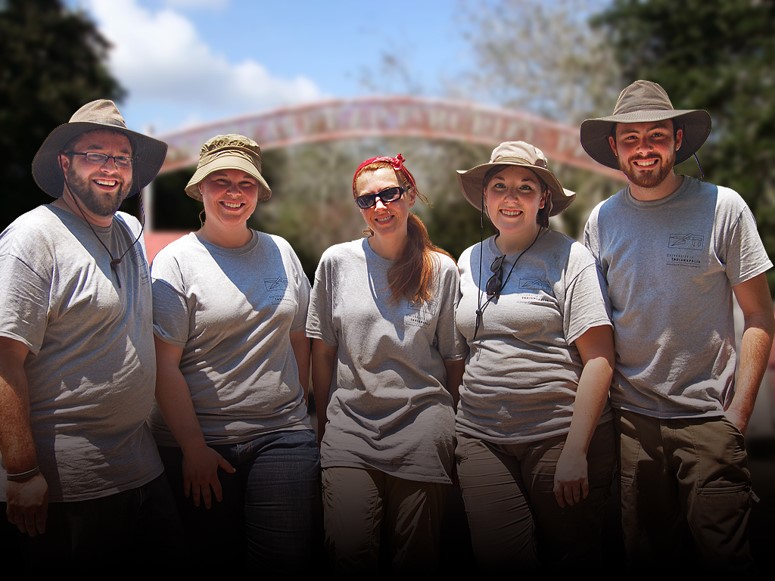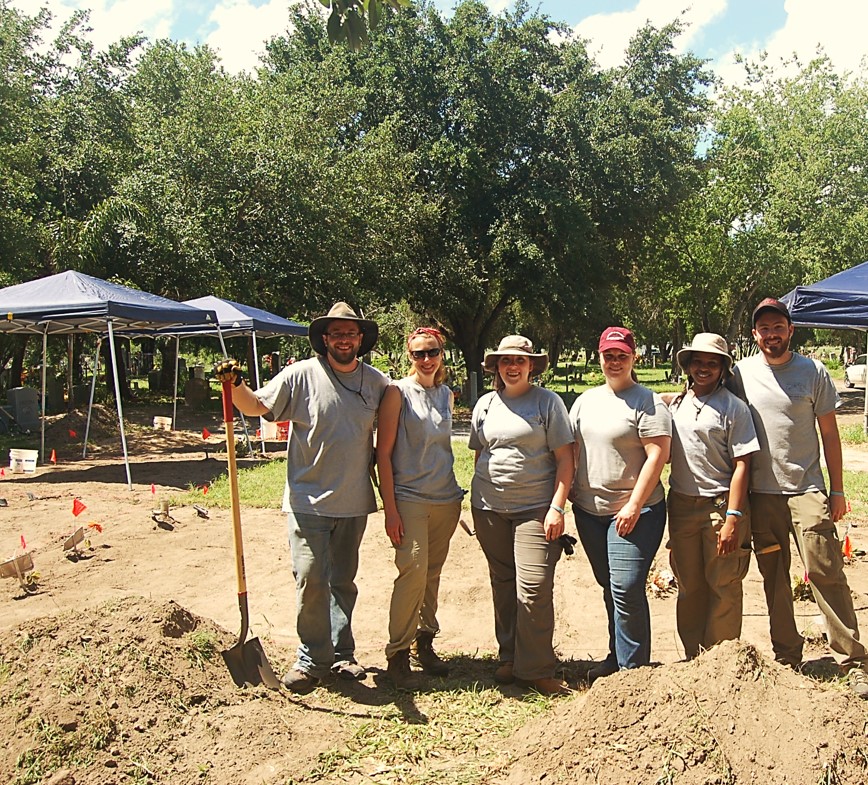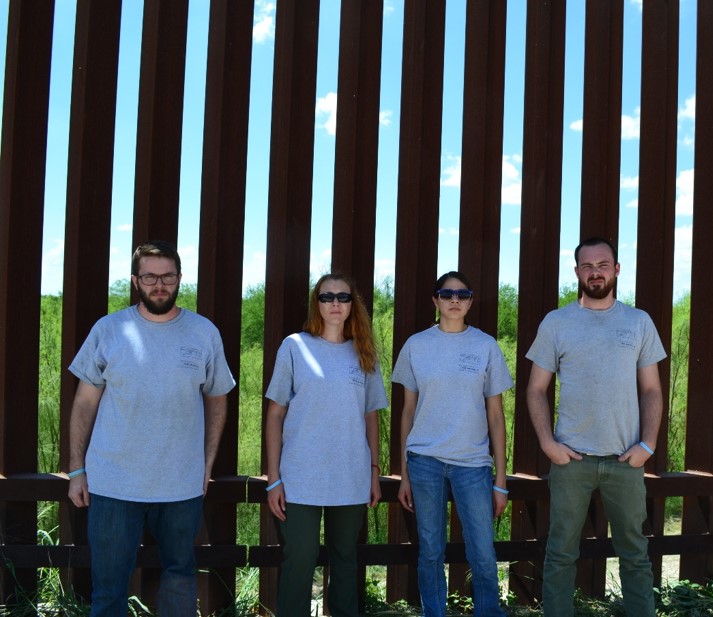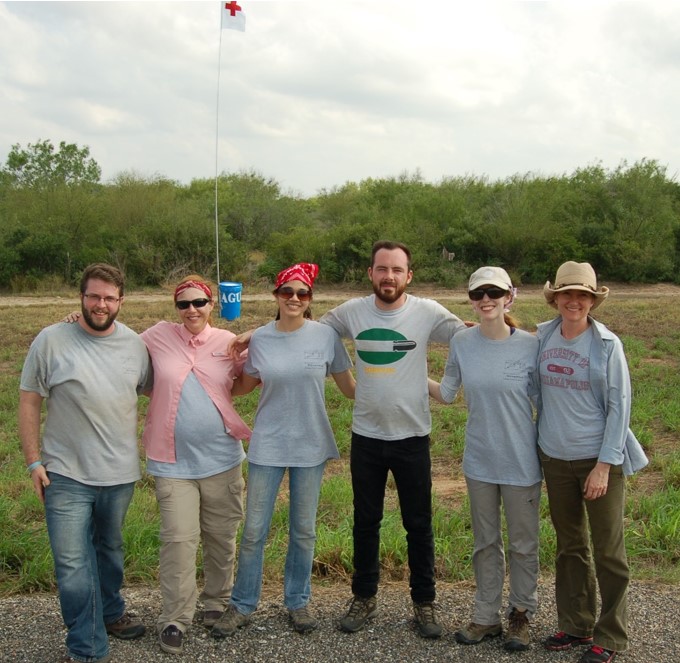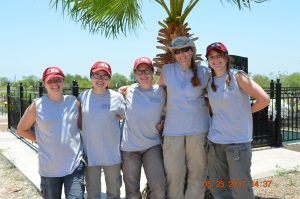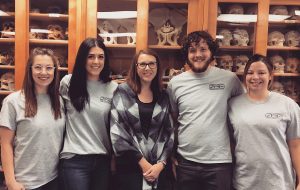
As our departure date of January 2nd quickly approaches, I can’t help but think about our work in south Texas over the last five years. Since 2013 I have volunteered with colleagues at Texas State University and Baylor University, among others, to aid in migrant identification efforts along the US-Mexico Border. Tens of thousands of migrants have lost their lives crossing the border in the past decade. Changing border policies have funneled crossers from their traditional migration routes into more clandestine and dangerous routes. Since the number of deaths in Texas has only recently reached mass disaster proportions, resources for migrant identification and repatriation are sparse. Many counties chose to bury the unidentified migrants discovered in their jurisdictions due to lack of funding to conduct the costly forensic investigations into their identity. In 2013, a group of volunteer forensic scientists began exhuming the unidentified migrants, so these individuals can begin their journey towards identification and repatriation home. With no governmental resources available, I made the trip with several UIndy students as volunteers to provide a needed forensic service to a marginalized group of individuals. In January I will make my 7th trip to South Texas with a UIndy team to volunteer our time and expertise to this humanitarian crisis. We will be working with Texas State University to locate and exhume the remains of undocumented migrants who died after crossing the border and were buried without identification in pauper graves.
The US/Mexico border wall is 40 times more deadly than the entire history of the Berlin Wall. More people have died in the desert in the southern US than Hurricane Katrina and 9/11 combined. Those that migrate know their odds are slim. But slim odds are better than the institutionalized violence and extreme poverty they face at home. This is a silent mass disaster that many Americans are not aware of. I volunteer not only to provide a specialized forensic science to a community that needs it, but also to immerse my students in a situation that will provide them a more valuable learning experience than any book. Here they can practice the scientific skills they have learned at UIndy in a real world context, in addition to learning social responsibility and an appreciation of common humanity. Year after year I have seen my students grow as they experience a harsh reality very different from their own privileged lives. I use this work to teach my students, children and family about being thankful, humble and kind. In a time when many question the entitlement of the next generation, I see many young people (from our university and others) leaning humility, compassion and understanding in a way that would not be possible without immersion in this humanitarian crisis.
~KEL
